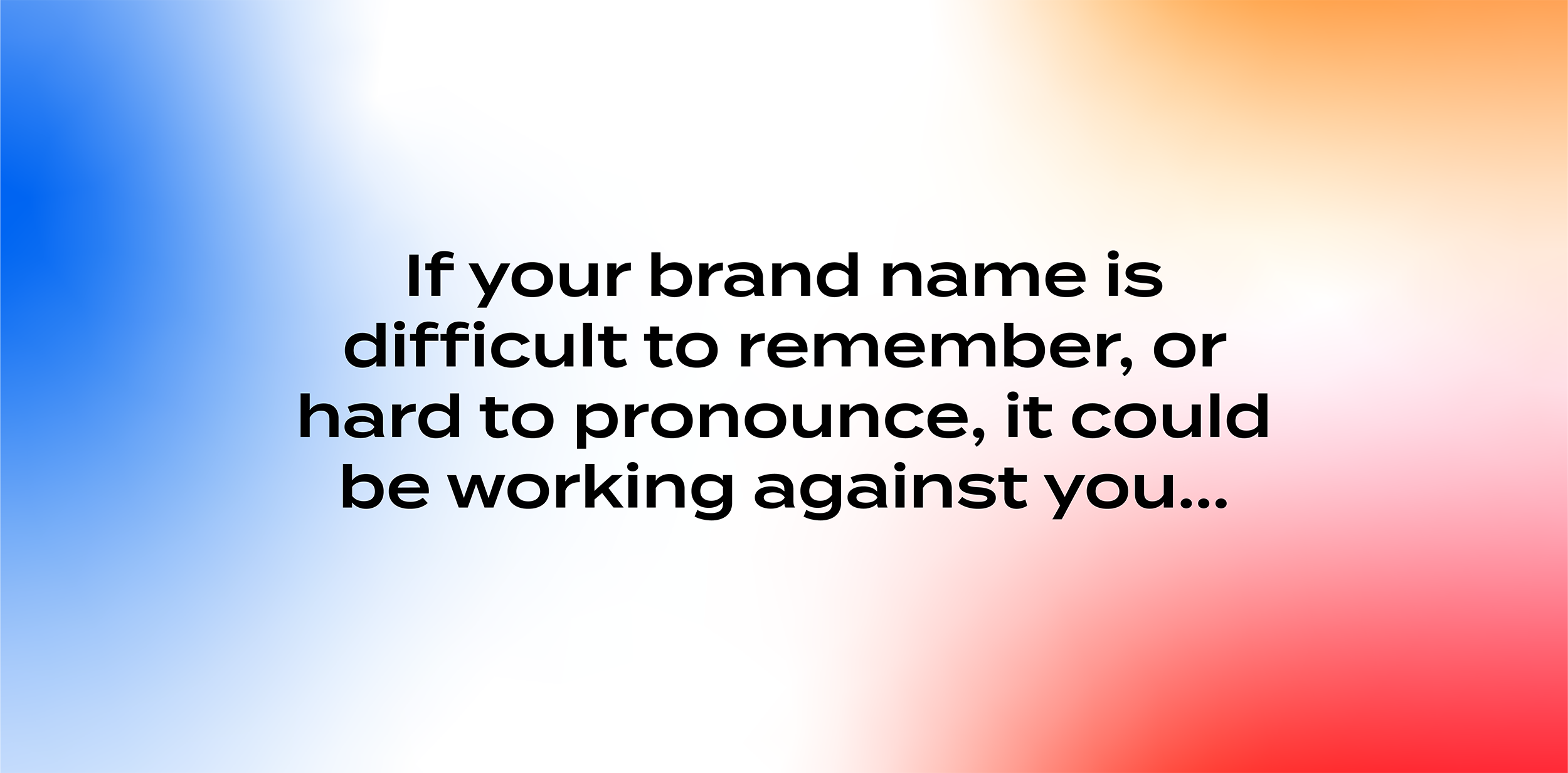Everyone knows the importance of having a brand that encapsulates your vision as a business in a way that resonates on a deep level with customers. But something we see time and time again is when new brands forget about the fun-factor when coming up with a brand name.
Put simply, you can have all the brand values you want, but if your brand name is no fun to say, it could be losing you business. Seriously.
Several big brands have recently run campaigns based on trying to re-educate customers on how to pronounce their longstanding names. But while that might be a bit of fun for Hyundai, Laphroaig and Skoda, do you really want to lumber your business with a tongue-twister from the outset?
I don’t want to name and shame any mid-size or small brands that I have seen fall into the un-pronounceability trap, but I’m sure you can think of some. Quick hint: a trap many set for themselves is “cleverly” using numbers, or worse, mathematical symbols, in their brand name. E3w.
But it’s not just how pronounceable the name is in isolation. It’s about how well it “bounces” in use as part of everyday sentences where it is likely to be used. For a brand to be successful, this is really important – especially in the B2B world, where so many business comes via referral or recommendation.
Brands who’ve got this down from the outset are the ones who have developed brand names that work as verbs as well as nouns. Think about this when you’re next Googling where you can buy Sellotape. Hopefully if someone is Ebaying it, they might FedEx it to you.
If your brand is difficult to remember, or hard to pronounce though, it could be working against you as an unforced error in getting you recommended.
A clear sign your brand isn’t bouncing, is if your customers keep abbreviating it in use, or worse still referring to the company using the names of the people who work there rather than the company name itself.
Several big brands have recognised the former and rebranded based on what customers actual say: Amex, FedEx (again) and Coke® being prime examples.
But rebranding after the fact can be an expensive business, which is why we prefer to get it right from the outset.
That’s why every time we go though a brand development process, the final stage is a pre-imagining of the brand in use, not just visually but verbally.
Because if your brand doesn’t bounce brilliantly, it could be losing you business.
Get in touch today if you would like any guidance with developing your brand.
